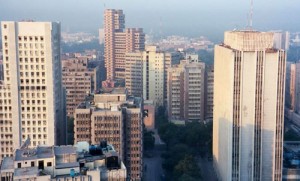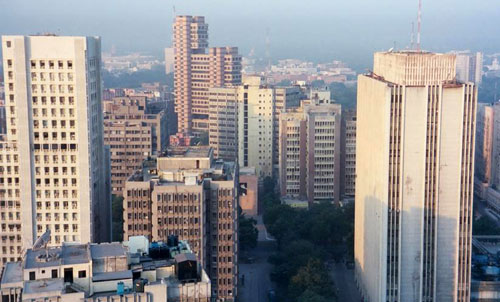 CBRE’s Retail Hotspots in Asia Pacific 2014reports on international retailer activity occurring in the APAC region. Established as well as emerging retail markets in the region saw 464 new retail entrants in 2014—23% more than in 2013.
CBRE’s Retail Hotspots in Asia Pacific 2014reports on international retailer activity occurring in the APAC region. Established as well as emerging retail markets in the region saw 464 new retail entrants in 2014—23% more than in 2013.
The year saw Tokyo attracting the most new retail entrants (63), followed by Singapore (58), Taipei (49), Hong Kong (45) and Beijing (34). The luxury and business retail segment saw the greatest share of new entrants at 22.6%, but the biggest climber was the coffee and restaurants segment with 22.4% in 2014, compared to just 14.8% in 2013.
Retailers from the US made the most new entries into Asia Pacific with 24%, followed jointly by retailers from Italy and the UK with 11% each, to be followed by French retailers at 10.5%. Japan was the top APAC entrant ranking fifth place, with 6.9% of these new market entries being from Japanese retailers.
Anshuman Magazine, Chairman and Managing Director of CBRE South Asia says,” We are expecting a growth in retail sales across the region in 2015, albeit with a more cautious approach from retailers. They will be more strategic in store network planning, focusing on proven retail environments. In terms of retail segments, we expect food and beverage (F&B)to remain the most active. Consumers in the region thrive on new concepts, with landlords keen on creating shopping destinations by offering more dining options. Expansion demand of the luxury retail segment, meanwhile, will be led by smaller brands from big groups, as well as from new brands to the region.”
The following are the key points from the CBRE report:
- Prime shopping districts of New Delhi attracted 19 global retailers in 2014 over 16 entrants in 2013. New Delhi held on to its eighth position among the APAC region’s top target markets, along with Kuala Lumpur and Bangkok.With 11 entries from global retailers, Mumbai too maintained its 14th spot in the region, along with Brisbane. Overall, the spotlight continued to remain on emerging locations of India, China and Southeast Asia.
- Apart from F&B, other active segments in the region include bridge brands and specialized retailers such as lingerie and sportswear brands. Going forward, the Asia Pacific region should see more of a focus on in-store shopping experience and service. Value fashion will focus on strengthening its presence in underpenetrated markets such as that of Australia and Taiwan, as well as the highly populated markets of India, China, and emerging Southeast Asia.
- Driven by the region’s expanding middle class and urbanization, overall demand from international retailers looking to open stores in Asia Pacific remained strong in 2014.The previous year had seen some interesting dynamics emerging, especially with regards to Japan and Australia. As international retailers start establishing themselves in these markets, more domestic players are looking overseas with local markets becoming more competitive due to limited availability, especially in high street retail space.
- Influx of global fast fashion brands and luxury groups into Sydney and Melbourne spurred strong rental growth of prime CBD retail space. To accommodate high demand for flagship stores from new retail entrants, Sydney will continue to see active asset enhancement activities in its prime districts. Retailers’ attention to difference in the Pacific, and tailoring the product mix to match local consumer needs will help improve integration success.
Source: Track2Realty Bureau





